Someday, I might tell Stefano I plan to drop everything and become an Italian pastry chef—a pasticciere.
Italian pastries and desserts are often more delicate and nuanced than their American counterparts. They have simple, natural ingredients and are satisfying, but not decadent or overly sweet.
In Rome, pasticcerie (pastry shops or bakeries) are filled with cream-filled pastarelle, or their smaller counterpart, the mignon. Bringing a tray of pastarelle for dessert is common when invited to dinner or Sunday lunch. It’s always fun to see who chooses which flavor of cream filling - chocolate, hazelnut, pistachio, tiramisù, strawberry.
In addition to cream-puff style pastries, traditional pasticcerie offer a lovely assortment of fragrant and dainty choices from the pasticceria secca, dry cookies and biscuits typically made without creams or fillings. These baked goods are often enjoyed with coffee, tea, or sweet wines like Vin Santo.
Moreover, on recent trips back to Italy, we noted a resurgence of dolci al cucchiaio, a category of desserts that includes custards, puddings, mousses and so forth, which are enjoyed with a spoon, or cucchiaio.
Panna cotta is a quintessential Italian dessert that belongs to this latter category. It’s as simple as its name suggests: panna means cream, and cotta means cooked. Cooked cream, a little sugar, a vanilla bean for flavor, and a bit of gelatin to hold it together.
Panna cotta is a dessert from the Piedmont region of northern Italy, where rich cream is a staple. It is traditionally served with a caramel, chocolate, or mixed berry sauce. However, many creative variations exist. This version enticed us with an orange sauce made from blood oranges and ground pistachios, a Sicilian twist on an otherwise Northern Italian dessert.
Panna cotta is simple to prepare, but getting the texture and firmness right requires precision. A correctly prepared panna cotta should hold its shape without being too firm and jiggle when gently shaken.
Ideally, panna cotta should be served turned out from its container. However, removing it intact from the container is also an art. I’ve added a few tips to our recipe below.

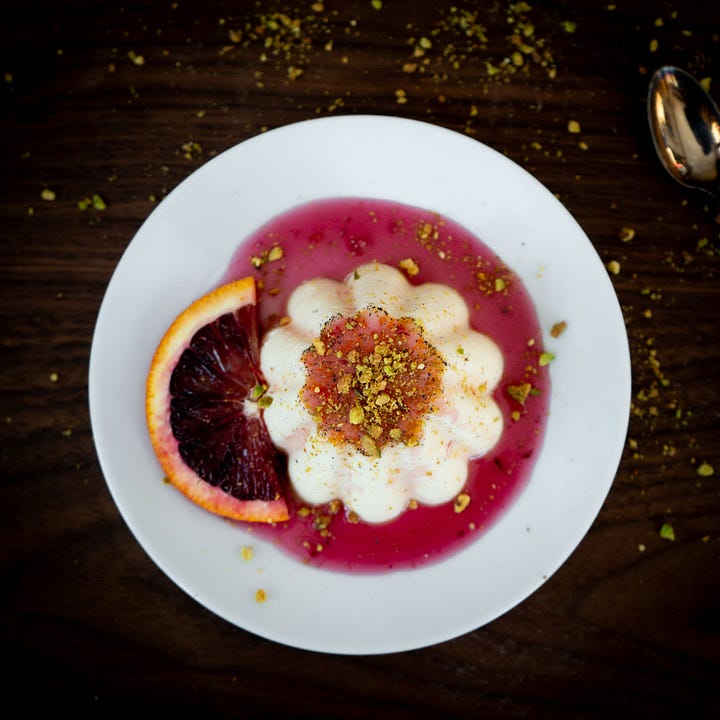
Ingredients
6 servings
For the panna cotta
500 grams heavy cream
2 gelatin sheets for baking (approx. 10 g), such as these
100 grams sugar
1 vanilla bean
Zest of one orange, preferably a blood orange
For the orange sauce
Juice of two oranges, preferably a blood orange
100 grams sugar
1 Tbsp water
Garnish
2 Tbsp ground pistachios
6 slices of blood orange
Equipment
Instructions
Prepare the Panna Cotta
Submerge the gelatin sheets in a pan of cold water and let them sit.
Use your finger or a paper towel to lightly coat the panna cotta molds with vegetable oil.
Add the cream and sugar to a small pan.
Split the vanilla bean lengthwise, use a knife to scoop out the seeds, and add them to the cream and sugar.
Zest the orange and add the zest to the cream mixture.
Gently bring it to a boil over medium-low heat, stirring occasionally. When it boils, remove it from heat.
Remove the gelatin sheets from the water one-by-one, wring the excess water off them, and add each sheet to the cream. Stir until the gelatin dissolves completely into the cream mixture.
Transfer the cooked cream to a pitcher or container with a spout and pour it into the molds.
Refrigerate for at least two hours, or longer.
Prepare the Orange Sauce
Place the sugar into a small saucepan, and then add water. Without stirring, place over low heat.
While the sugar heats and dissolves into the water, juice your two oranges, ensuring that pulp and seeds are filtered out.
Once the sugar has completely dissolved, add the orange juice. The addition of the orange juice will cause the sugar to crystallize. Turn the heat to its lowest setting and stir until the sugar dissolves again.
Remove from heat and let cool to room temperature.
Assemble, Garnish and Serve
When the panna cotta is ready, carefully turn it out of its mold onto a small serving plate.
Drizzle the orange sauce over the top of each panna cotta, and finish with a dusting of pistachio.
Garnish with a thin orange slice and a dusting of ground pistachio.
Notes
Ideally, use Sicilian Bronte pistachios. If you cannot find them, regular pistachios will work just fine.
Don’t exceed 10g of gelatin. Usually, that will be two gelatin sheets. This may vary depending on brand, so it's worth weighing them.
A properly prepared panna cotta will jiggle on its plate but hold its shape. A panna cotta with too little gelatin will collapse when spooned into, while too much gelatin will leave your panna cotta stiff and thick.
Turning the panna cotta out of its mold onto a small serving plate can be tricky, as sometimes it doesn’t cooperate. It helps to coat the panna cotta mold with a thin layer of flavorless oil, such as vegetable oil. If it still sticks, use a knife to gently separate the panna cotta from the mold. You can also try running the bottom and sides of the mold quickly under hot water, or applying a hot, damp cloth to the mold to loosen the panna cotta and help it come out.
You may also like…
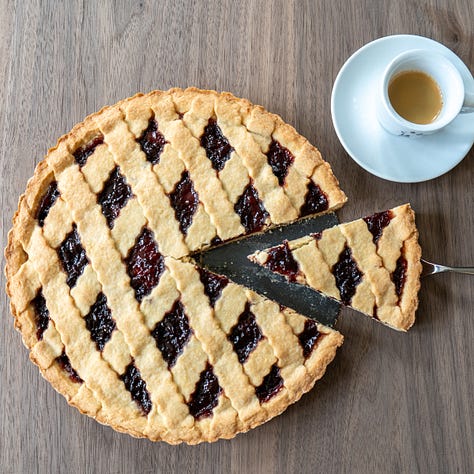
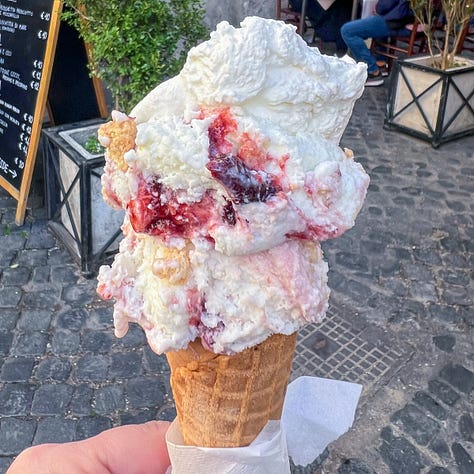
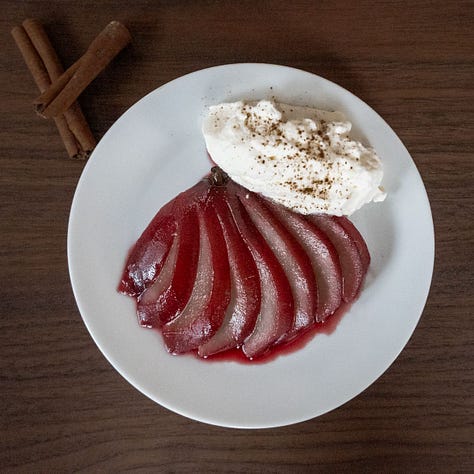





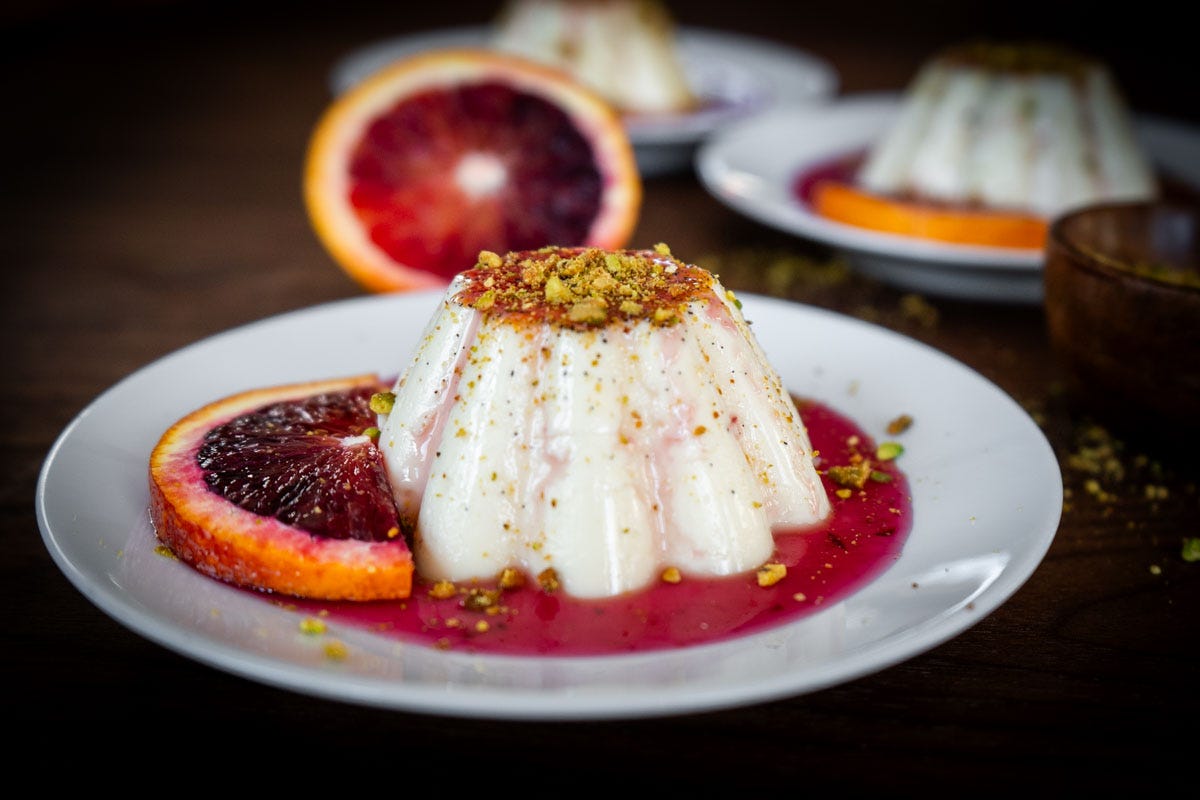

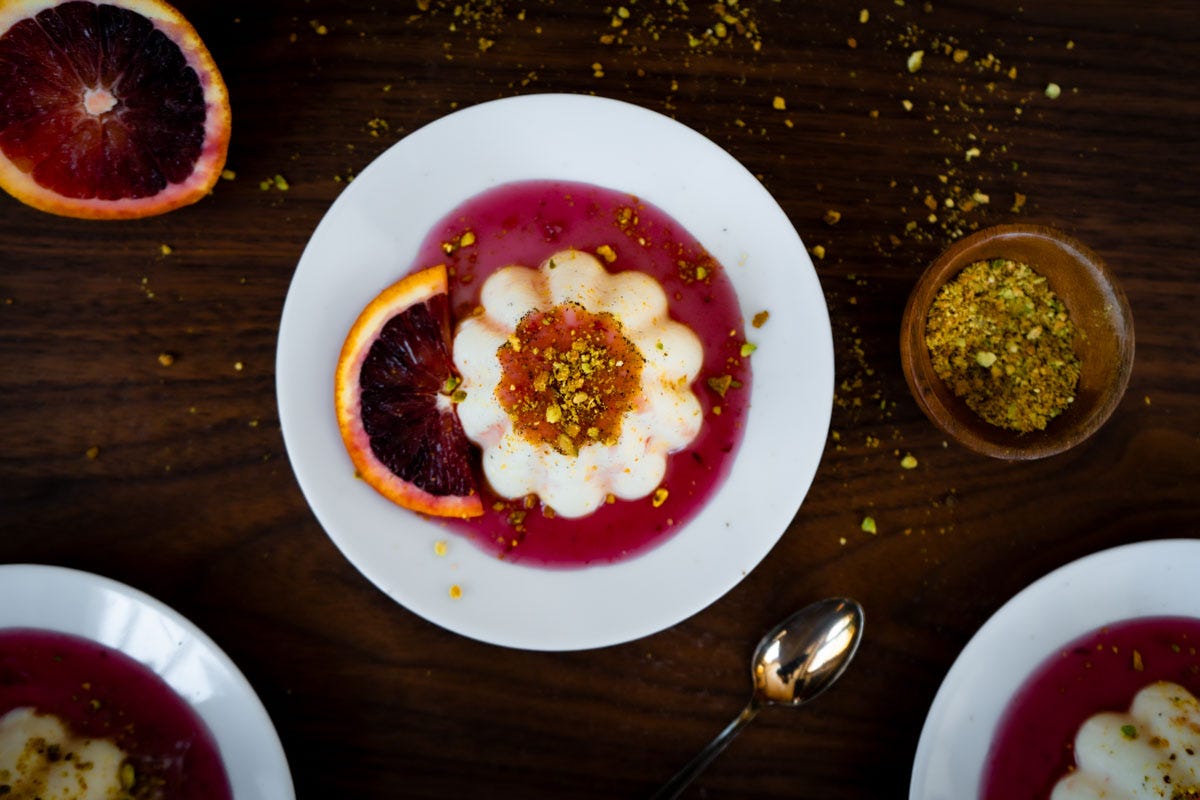
The timing of this is divine intervention! Dinner party season is kicking back up and it was requested that this be part of some meals again. I had made it years ago but lost the recipe and had no idea where to look. Thank you! I remember doing this but doubling (or tripling) the vanilla beans, making it a very vanilla sweet cream flavor. This is one of my most favorite deserts and I’m saddened at how much I do not see them on menus in Italian places around the country (USA).